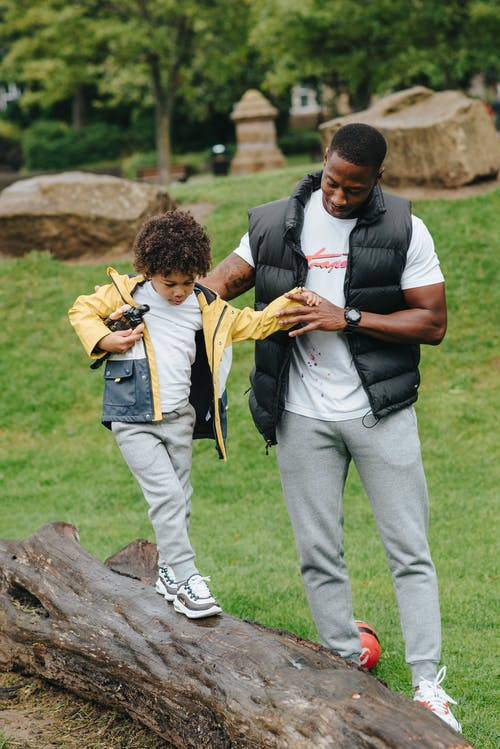OK, Wait, there are Seven Senses?
OK, Wait, there are Seven Senses?
As educators, we are all aware of the benefits of sensory play. Many of us are familiar with the sense of sight, smell, taste, hearing, and touch, but there are two other senses we should be aware of.
 The vestibular system explains the perception of our body in relation to gravity, movement, and balance. The vestibular system measures acceleration, g-force, body movements and head position.
The vestibular system explains the perception of our body in relation to gravity, movement, and balance. The vestibular system measures acceleration, g-force, body movements and head position.
You are using your vestibular senses when you:
- Are walking on a balance beam
- Know when you are in an elevator that is moving
- Are aware of when you are sitting, kneeling or standing
When a child has a robust vestibular system, they are more confident and in control. They may be willing to try new activities and possibly take more chances. As educators, we can wake up the vestibular system or quiet it down.
Stimulating Vestibular Activities:
- Jumping bouncing games (short spells of 20–30 secs) Vertical (up and down) movement is the most accepted form of vestibular input for the body and brain.
- Controlled and supervised spinning games. These games can easily over-stimulate children. Spinning no more than ten times is an excellent place to start. Remember to spin again in the opposite direction.
- Swinging. Fifteen minutes of swinging can have up to 7 hours of effect on the brain.
- Yoga poses such as Downward Dog, Horse or Monkey pose.
Soothing and Calming Vestibular Activities:
- Slow rocking movements
- Relaxation games – lying/sitting with the head still
- Yoga poses such as Mouse pose, Child’s pose or Savasana
Proprioception is the ability to sense what different parts of your body are doing without having to look at them. This sense is essential as it lets us know where our body parts are, how we are positioned in space and helps us plan our movements.
You are proprioception when you are:
- Touching your finger to your nose with your eyes closed
- Walk between parked cars
- Use a pen or a pencil without tearing the paper
There are many easy ways to incorporate activities into your daily programming to build the children’s sense of proprioception.
- Weightbearing activities such as crawling, pushing up, or jumping
- Heavy lifting and carrying
- Cardiovascular exercises such as running, jumping, hopping or skipping
- Oral activities such as chewing
When you think about engaging children’s senses, do not forget to include their vestibular and proprioceptor senses. If you want to learn more, an excellent book is Balanced and barefoot by Angela Hanscom.
Until next time,
